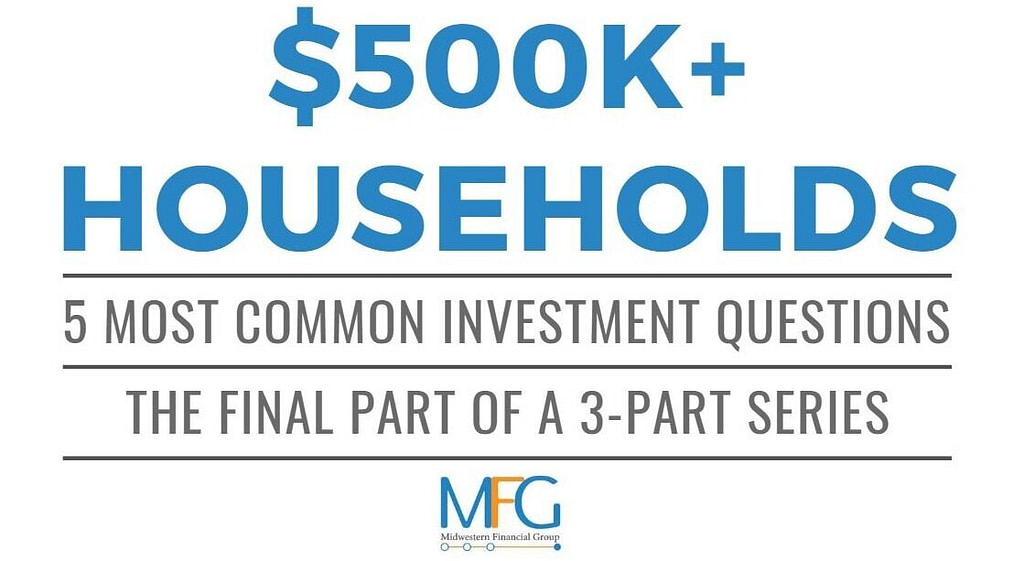Since Homo Habilis arrived around 2 million years ago, humans have been on the constant search of ‘more for less’.
Primates spend 8 to 10 hours per day foraging for food, eating 15 percent of their body weight to sustain. As humans evolved, our bodies needed more nutrients to feed our growing brains, but with the help of fire, making meat more attractive, we needed to eat less. Despite a brain that is 50% larger than primates and needs 20% of our daily calories, the modern human only needs to eat 2-3% of their weight a day.
More for less.
1,000 years ago ‘business’ owners were artisans. A blacksmith created horseshoes, locks, and -when war broke out- weaponry. He was solely exposed to the ups and downs; he did not have venture capital. Diversification of ownership was limited to royals collecting taxes across a variety of businesses.
Diversification is no longer even a buzz word, it’s basically free. For a negligible 0.03% fee an investor can be a partial owner in the 500 largest U.S. companies (S&P 500).
More for less.
Today, the world’s largest companies have embodied more for less.
In 1994, when Wharton School Professor Jeremy Siegel wrote “Stocks for the Long Run” the five largest companies in the U.S. were General Electric, Exxon Mobil, Coca-Cola, Altria Group, and General Motors. Despite their fall from the top, even today these five companies employ over 525,000 employees (even more if Coca-Cola bottling companies are counted).
In 2021, the S&P 500 largest companies, Apple, Microsoft, Amazon, Alphabet, Facebook, employ 972,000 humans.
Although these technology giants employ 1.85 times their ‘old economy’ counterparts, their revenues total 2.75 times GE et al combined ($1.2 trillion versus $435 billion).
More for less.
Given a modern company’s ability to do more for less, what price should an investor pay for a $1 of earnings? In 1994, the price/earnings ratio of the S&P 500 (the price paid for a $1 of earnings) was 21.34. What’s the appropriate ratio for 2021? This is constant worry for our clients.
“The market is at all-time highs, are you sure we should buy?”
But what is the correct price for companies employing less people, investing less in property and equipment, and generating billions of dollars of free cash flow at record profit margins?
During the pandemic of 2020, a time when the economy completely shut down and GDP declined 32.9% in the second quarter, total revenue for the 1994 largest companies dropped 21.1% collectively. GE excluded because they’re selling business units so a tough comparison.
Conversely, revenue at the modern tech giants rose nearly 25% during 2020.
An average user spent 2 hours and 24 minutes per day on social media in 2020. Likely on an iPhone. YouTube takes an average 40 minutes per day. Amazon’s total revenue alone increased 38% in 2020.
So, what is the correct price to pay for $1 of earnings in the S&P 500 where behemoths, who are largely resistant to an economic contraction, make up almost 20% of the index?
We do not know the answer. But based on analyst projections, the S&P 500 is trading at a forward price/earnings multiple of 21.1. Nearly identical to the 1994 P/E which was dominated by less profitable, more cyclical businesses.
And do not let someone tell you to avoid the S&P 500 because the value of these technology companies will fall, making the index unattractive. The index evolves.
Exxon Mobil is currently the highest valued company of the 1994 giants at #29 in the S&P 500. And since 1994 the S&P 500 is up 779% or 8.3% per year. ***This includes declines of 49%, 56% and 34% in 2000, 2008 and 2020, respectively.
In the end, we evolve, the world changes, companies adapt, technology becomes more efficient and for millennia we, as a species, get better and better at optimizing our resources.
More and more for less and less.
Why is the market expensive?
Close your eyes and invest for the long-term.



